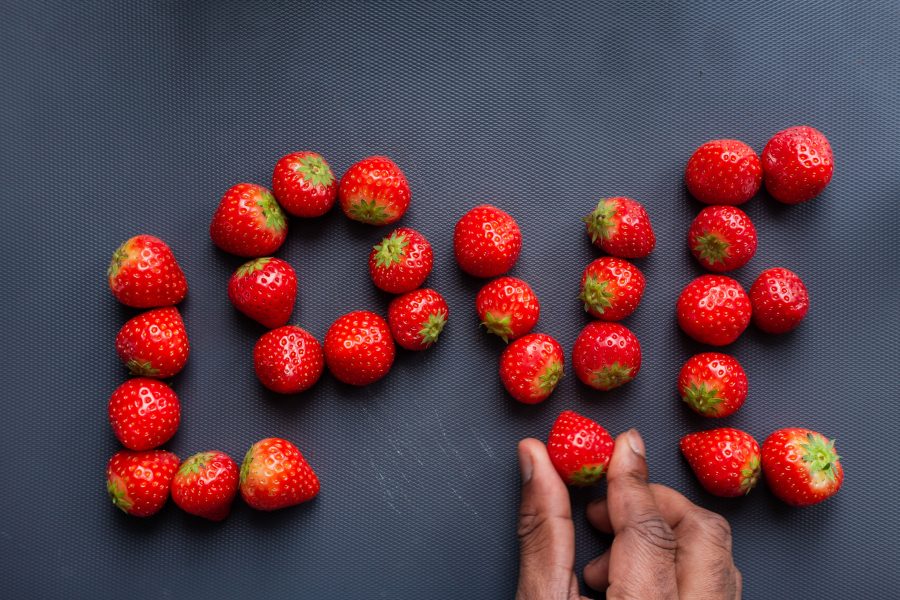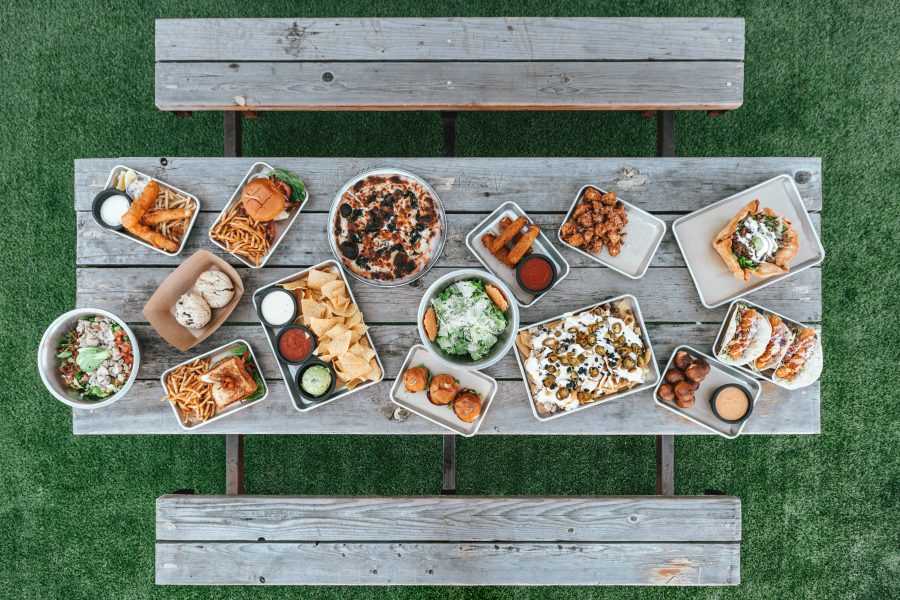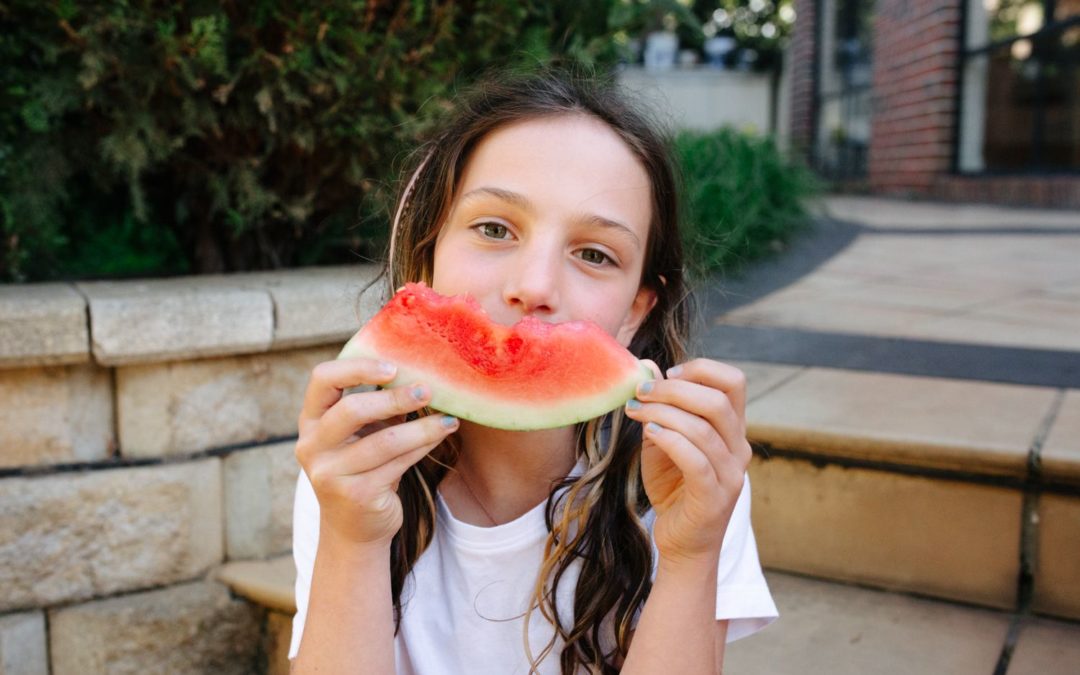They say variety is the spice of life, well turns out it’s the key to healthy guts too. Why should we care about our guts? Well strong research is emerging of the link between our gut health and both our phsyical and mental wellbeing.
There are 100 trillion gut bacteria, both good and bad, that live inside our digestive system. Akin to each of you, our gut microbiota is unique. The unique mix of bacteria that is found inside of your gut is affected by age, diet, genes, exercise frequency, environment, and medications. Current research has identified the importance of a healthy gut microbiota as it plays a role in the breakdown of nutrients from food and particular medications, improves immune health especially against intestinal infections, produces vitamin K necessary for producing blood-clotting proteins, and helping to establish a balanced central nervous system that has the potential in treating and preventing mental health illnesses such as depression and anxiety.
So in a ‘nut shell’ healthy guts, creates healthier and happier people.
Recent research conducted by The American Gut Project has identified that individuals that consumed a diverse diet with more than 30 plant based foods per week compared to those that consumed 10 or fewer plant based foods per week achieved better gut health which in turn supports overall health, reduction in disease risk such as obesity and type 2 diabetes, and reduce inflammation which is primarily due to the increase in dietary fiber from these types of food.
These fibre rich foods feed your ‘good’ gut bacteria (know as prebiotics). Plant based foods incluses veggies, fruit, grains, nuts and seeds.
How to eat 30 different plant based per week? Here are some ideas for adding them to your meals and snacks (and click the links for recipes):
Veggies (including legumes and herbs)
Artichoke, aubergine (eggplant), asparagus, avocado, alfalfa sprouts, bean sprouts, black beans, borlotti bean, broad beans, chickpeas, green beans, kidney beans, lentils, lima beans or butter bean, mung beans, navy beans, pinto beans, runner beans, split peas, soy beans (including tofu), peas, snap peas, broccoli, brocolini, brussels sprouts, cabbage, kohlrabi, Savoy cabbage, red cabbage, cauliflower. celery, endive, fennel, bok choy, chard (beet greens), collard greens, kale, mustard greens, spinach, herbs and spices, anise, basil, coriander, chamomile, daikon, fennel, lemongrass, marjoram, oregano, parsley, rosemary, sage, thyme, lettuce, mushrooms (actually a fungus, not a plant), spinach, okra, onions, olive, chives, garlic, leek, onion. shallot, spring onion (green onion), peppers (capsicums), chili pepper, jalapeño, paprika, radicchio, rhubarb, beetroot (beet), carrot, celeriac, corn, taro, water chestnut, ginger, parsnip, rutabaga (swede), radish, wasabi, horseradish, white radish, diakon, jicama, jerusalem artichoke, potato, sweet potato, yam, turnip, butternut squash (pumpkin), courgette (UK), Zucchini (US), cucumber, spaghetti squash, tomato, watercress
At Breakfast: Think adding baked beans, or on a sunday morning how about avo on toast, a veggie filled omelette or a breakfast buritto? Or add some grated carrot or zucchini to your porrigde or cereal.
At Lunch: Last night leftovers (see below to veggie pack dinner). Add some veggies sticks or a salad to the side of your dish. Add some veggies to your sandwiches.
At Dinner: Think of veggies as the star and meat on the side. When making dishes like pasta sauces, stir-fries, soups and stews double the veg and use different types of veggies (maybe try for at least three different colours). Grated carrot, zuchinni and lentils (can be canned, just drain the liquid) go in just about anything!
When roasting, don’t stop add potatoes, also roast sweet potatoes, zucchini, brussel sprouts and carrots, cauliflower, mushroom, kale, pumpkin… Also add a range of herbs and spices to your cooking.
Check out our range of veggie sides for more inspiration.
Snacks: Snack on veggies and dips! Many dips (like hummus and tzatziki) also have contain veggies so you are getting a double dose. Try some carrot cake bliss balls, roasted chickpeas or chickpean cookies as a snack.
Top tip: think fresh, frozen (drain liquid) and canned!
Fruit
Açaí, Apple, Apricot, Banana, Blackberry, Blackcurrant, Blueberry, Boysenberry, Currant, Cherry, Cherimoya (Custard Apple), Coconut, Cranberry, Date, Dragonfruit (or Pitaya), Durian, Elderberry, Feijoa, Fig, Goji berry, Gooseberry, Grape, Raisin, Grapefruit, Guava, Jackfruit, Kiwifruit, Kumquat, Lemon, Lime, Loganberry, Lychee, Mango, Mangosteen, Melon, Cantaloupe (Rock melon), Honeydew, Watermelon, Mulberry, Nectarine, Orange, Blood orange, Clementine, Mandarine, Tangerine, Papaya, Passionfruit, Peach, Pear, Persimmon, Plantain, Plum, Prune (dried plum), Pineapple, Pomegranate, Pomelo, Quince, Raspberry, Rambutan (or Mamin Chino), Redcurrant, Star apple, Star fruit, Strawberry, Tamarillo, Tangelo
At Breakfast: Add some fresh or frozen fruit to your cereal or on a plate on the side of breakfast. We love warmed pears on our porrige. Banana, peanut butter and cinnamon toast is a fav in our house, or maybe you’d prefer yours with some chia jam? Or how about some fruity pancakes?
At Lunch: How about an apple and peanut butter sandwich? Or grab a piece of fruit ot have with lunch?
At Dinner: Apricot and beef stew or some pineapple fried rice? I love adding fruit to salads; summer salad contains strawaberries, whilst sweet potato salad and quinoa salad feature apple. Are you a fan of pineapple on a pizza?
Snacks: Fruit makes a smple and easy snack. Or anyone want a smoothie or something baked with fruit?
Top Tip: Try freezing fruit to have when you run out of fresh. (oh and go for the whole fruit rather than a juice)
Grains (preferably wholegrains)
Teff, wheat, oats, rice, corn, barley, sorghum, rye, millet, triticale, amaranth, buckwheat, quinoa
At Breakfast: For us, nothing beats porridge, muesli or some grainy or try toast.
At Lunch: Start mixing up the types of bread, rolls and wraps you have.
At Dinner: Rotate between pasta, rice and maybe give polenta or quinoa a try.
Snacks: Crackers anyone? Add some to your fruit and veg snacks. Or make some muesli cookies, bliss balls or bars.
Top Tip: When baking go half wholemeal flour. And if you aren’t currenlty having rye bread in your bread and crackers already, add it into the rotation!
Nuts and seeds
Brazil, almonds, cashews, hazelnuts, macadamia, pecans, pine nuts, pistachios, walnuts, peanuts, pumpkin seeds (pepitas), sunflour seeds, sesame seeds, chia seeds, hemp seeds, flax seeds (linseeds), poppy seeds
At Breakfast: Seeds and nuts on porrige, yum! Roasted pecans are my favourite. We always have jars of different seeds and nuts for people to create their own combinations.
At Lunch: Mmmm…nut butters on toast or in sandwiches. Think beyond peanut butter and include a range of nut butters for added variety. And when the bakery asks you if you want the rolls with or without seeds, you know what to say 🙂
At Dinner: Nuts and seeds are delicious in stirfries and sprinkled on salads or roast veggies. We love broccoli with a drizzle of almond butter.
Snacks: Nuts and seeds make great snacks. Or how about some chia pudding or peanut butter cookies?
Top Tip: To keep nuts and seeds fresher, store them in your fridge.
A challenge for this week:
Take a pen and paper or use notes on your phone and track your varity for one week. Identify where you might be able to increase variety.
A note for those with children: never force children to eat anything, offer lots of variety and give them time to learn to like it. Don’t worry if they don’t have as much variety as you, it will happen over time. Don’t track or put a number on the variety for your children. Children learning to like a variety of foods will happen over time if given a pressure free environment. “Eat this cause it’s good for your guts” is pressure. When you increase your variety, they are watching so you are being a great role model! Role modelling and having a variety of food on the table are great pressure free exposures.
Good luck on your variety challenge this week! Let us know through social media (Facebook or Instagram) how you go 🙂
Final top tip: Be prepared! When shopping, buy variety so you can eat variety! Be prepared!










